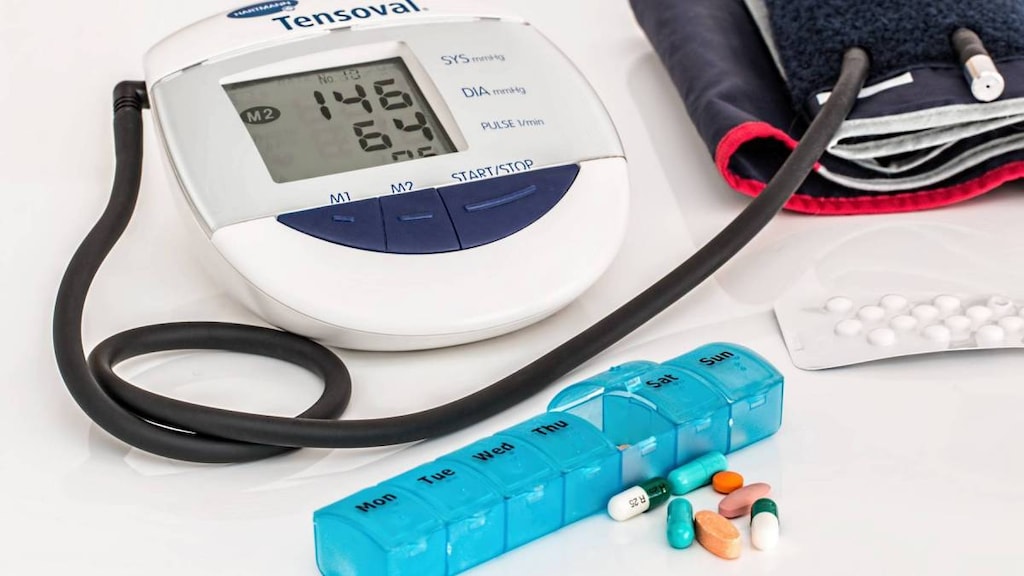What is Catapres-TTS used for?
- Catapres-TTS is used to treat high blood pressure.
- Catapres-TTS may be given to you for other reasons. Talk to your doctor.
Before taking Catapres-TTS, tell your doctor:
- If you are allergic to Catapres-TTS; any part of this medicine; or any other drugs, foods, or substances. Tell your doctor about the allergy and what signs you had.
- If you are taking another drug that has the same drug in it.
- If you are taking any of these drugs: Digoxin, diltiazem, verapamil, or a beta blocker like metoprolol or propranolol.
This is not a list of all drugs or health problems that interact with this medicine.
Tell your doctor and pharmacist about all of your drugs (prescription or OTC, natural products, vitamins) and health problems. You must check to make sure that it is safe for you to take Catapres-TTS with all of your drugs and health problems. Do not start, stop, or change the dose of any drug without checking with your doctor.
What are some things I need to know or do while I take Catapres-TTS?
- Tell all of your health care providers that you take Catapres-TTS. This includes your doctors, nurses, pharmacists, and dentists.
- Avoid driving and doing other tasks or actions that call for you to be alert until you see how Catapres-TTS affects you.
- To lower the chance of feeling dizzy or passing out, rise slowly if you have been sitting or lying down. Be careful going up and down stairs.
- Check blood pressure and heart rate as the doctor has told you.
- If you are taking Catapres-TTS and have high blood pressure, talk with your doctor before using OTC products that may raise blood pressure. These include cough or cold drugs, diet pills, stimulants, ibuprofen or like products, and some natural products or aids.
- Be careful in hot weather or while being active. Drink lots of fluids to stop fluid loss.
- Talk with your doctor before you drink alcohol or use other drugs and natural products that slow your actions.
- The patch may have metal. Take off the patch before an MRI.
- If you will be having certain procedures to help your heart beat normally (defibrillation cardioversion), talk with your doctor. Be sure your doctor knows you take Catapres-TTS.
- If you are 65 or older, use Catapres-TTS with care. You could have more side effects.
- Tell your doctor if you are pregnant, plan on getting pregnant, or are breast-feeding. You will need to talk about the benefits and risks to you and the baby.
How is Catapres-TTS best taken?
Use Catapres-TTS as ordered by your doctor. Read all information given to you. Follow all instructions closely.
- Keep using Catapres-TTS as you have been told by your doctor or other health care provider, even if you feel well.
- Take off old patch first.
- Wash your hands before and after use.
- Put patch on clean, dry, healthy skin on the chest or upper arm. Move the site with each new patch.
- Put patch on a site without hair.
- Do not put on skin that is irritated or damaged. Do not put on an area with skin folds or skin that will be rubbed by tight clothes.
- This medicine comes with a patch cover to hold the patch in place if it comes loose. The patch cover does not have any drug in it. Do not use it by itself. If the patch comes loose, put the patch cover over the patch as you have been told.
- After you take off a skin patch, be sure to fold the sticky sides of the patch to each other. Throw away used patches where children and pets cannot get to them.
- Do not stop taking Catapres-TTS all of a sudden without calling your doctor. You may have a greater risk of side effects. If you need to stop Catapres-TTS, you will want to slowly stop it as ordered by your doctor.
What do I do if I miss a dose?
- Put on a missed patch as soon as you think about it after taking off the old one.
- If it is close to the time for your next patch, place the new patch on.
- Start a new timetable after the patch is put back on.
- Do not put on 2 doses at the same time or extra doses.
What are the side effects of Catapres-TTS that I need to call my doctor about immediately?
WARNING/CAUTION: Even though it may be rare, some people may have very bad and sometimes deadly side effects when taking a drug. Tell your doctor or get medical help right away if you have any of the following signs or symptoms that may be related to a very bad side effect:
- Signs of an allergic reaction, like rash; hives; itching; red, swollen, blistered, or peeling skin with or without fever; wheezing; tightness in the chest or throat; trouble breathing, swallowing, or talking; unusual hoarseness; or swelling of the mouth, face, lips, tongue, or throat.
- Very bad dizziness or passing out.
- Fast, slow, or abnormal heartbeat.
- Change in how contact lenses feel in the eyes.
- Redness.
- Burning.
- Change in color of skin.
What are some other side effects of Catapres-TTS?
All drugs may cause side effects. However, many people have no side effects or only have minor side effects. Call your doctor or get medical help if any of these side effects or any other side effects bother you or do not go away:
- Dry mouth.
- Constipation.
- Feeling dizzy, sleepy, tired, or weak.
- Headache.
- Upset stomach.
- Skin irritation.
These are not all of the side effects that may occur. If you have questions about side effects, call your doctor. Call your doctor for medical advice about side effects.
You may report side effects to the FDA at 1-800-332-1088. You may also report side effects at https://www.fda.gov/medwatch.
If overdose is suspected:
If you think there has been an overdose, call your poison control center or get medical care right away. Be ready to tell or show what was taken, how much, and when it happened.
Catapres-TTS Images
How do I store and/or throw out Catapres-TTS?
- Store at room temperature in a dry place. Do not store in a bathroom.
- Keep all drugs in a safe place. Keep all drugs out of the reach of children and pets.
- Throw away unused or expired drugs. Do not flush down a toilet or pour down a drain unless you are told to do so. Check with your pharmacist if you have questions about the best way to throw out drugs. There may be drug take-back programs in your area.
Consumer information use and disclaimer
- If your symptoms or health problems do not get better or if they become worse, call your doctor.
- Do not share your drugs with others and do not take anyone else's drugs.
- Some drugs may have another patient information leaflet. Check with your pharmacist. If you have any questions about Catapres-TTS, please talk with your doctor, nurse, pharmacist, or other health care provider.
- If you think there has been an overdose, call your poison control center or get medical care right away. Be ready to tell or show what was taken, how much, and when it happened.
This information should not be used to decide whether or not to take Catapres-TTS or any other medicine. Only the healthcare provider has the knowledge and training to decide which medicines are right for a specific patient. This information does not endorse any medicine as safe, effective, or approved for treating any patient or health condition. This is only a brief summary of general information about this medicine. It does NOT include all information about the possible uses, directions, warnings, precautions, interactions, adverse effects, or risks that may apply to Catapres-TTS. This information is not specific medical advice and does not replace information you receive from the healthcare provider. You must talk with the healthcare provider for complete information about the risks and benefits of using this medicine.





